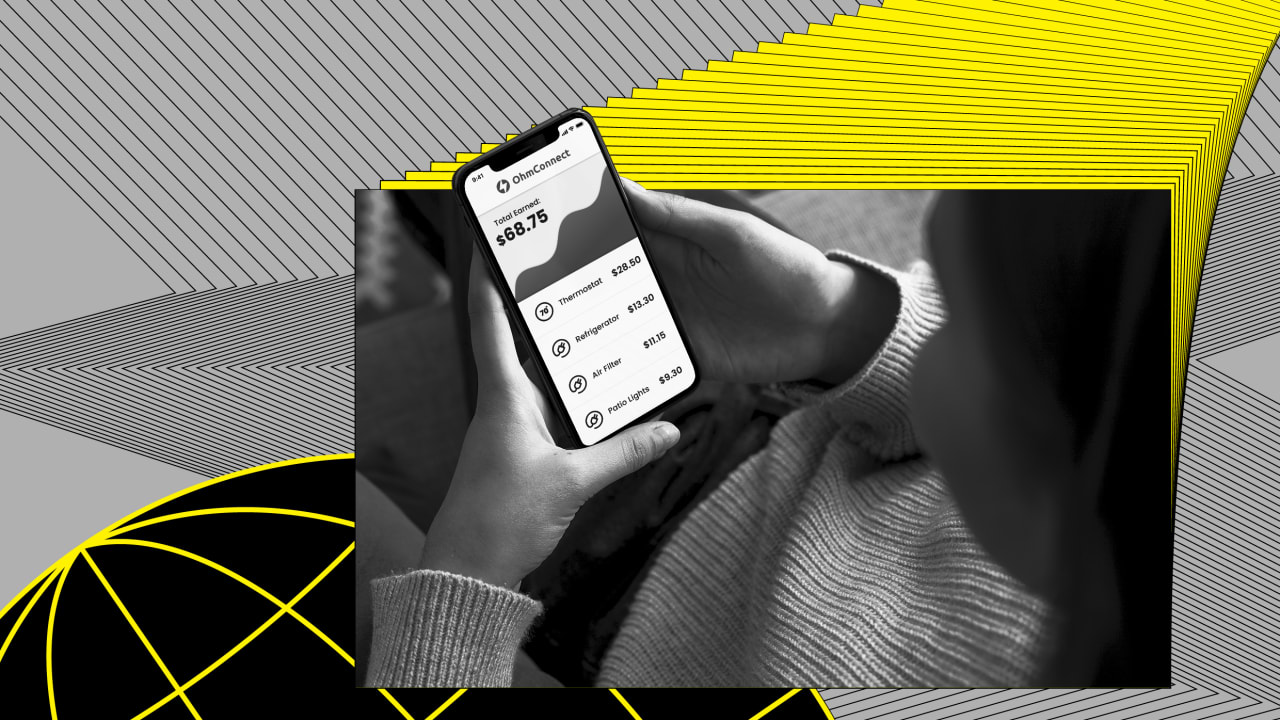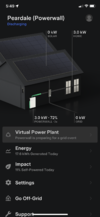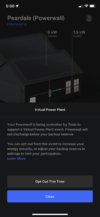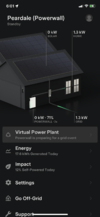cali8484
Member
The charging events, and Tesla VPP, are both Demand Response. You can look at California to see their plan. This isn't in the face of impending blackout. A predicted rolling blackout would actually trigger StormWatch, and allow your Powerwall to charge from the grid.
This VPP is to relieve the grid, usually to avoid energy import from neighboring states at higher prices, or starting up power plants that aren't clean, are expensive to operate and maintain. The kWh price of a plant that needs to fire up hours before the predicted demand, run during the demand, and then shut down and receive maintenance, could exceed the $2/kWh mentioned in the governor's note.
Being able to trigger Demand Response when it's needed, available to turn on and off instantly, is much easier to manage on the grid. Those segments were 15 minutes, as I recall, and JuiceNet responded in two hour blocks. That might become more adjustable within VPP.
A lot of generation units are not scalable. They generate a mW or nothing. Tesla VPP could be incredibly granular, supplying a few watts exactly in the neighborhood where it's needed for the time period when it's needed.
None of this is being done out of the goodness of their hearts. It's all about the money, and the whimsical, but somewhat predictable, consumer usage, minute by minute. Toss in a tiny bit of "Green" as justification for a new plan, and it can happen.
Tesla VPP says they are going to manage this for the common good, so PG&E probably won't be paying $2/kWh. Individual homeowners are initially going to receive only whatever the NEM rates are, probably Peak Rates, like I am supplying PV energy until the sun goes down. The batteries could supply that later in the evening. The AI behind Powerwalls is massive, and many interesting things can happen.
VPP as peaker plant replacement is certainly the pitch to PoCo's but as a ratepayer I get bombarded by ads from VPP players like OhmConnect that only talk about preventing blackout and get paid doing it. When I look into it there are many complaints about OhmConnect. So, VPP still sounds like a theoretical idea that looks great on paper but not so much in practice so far.






